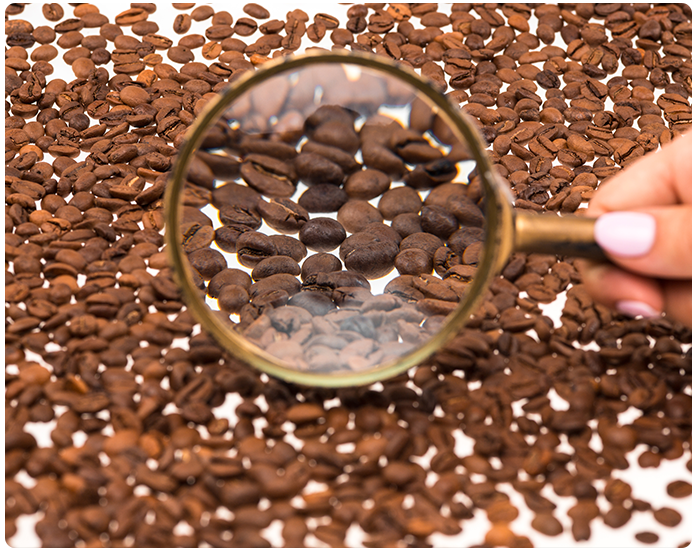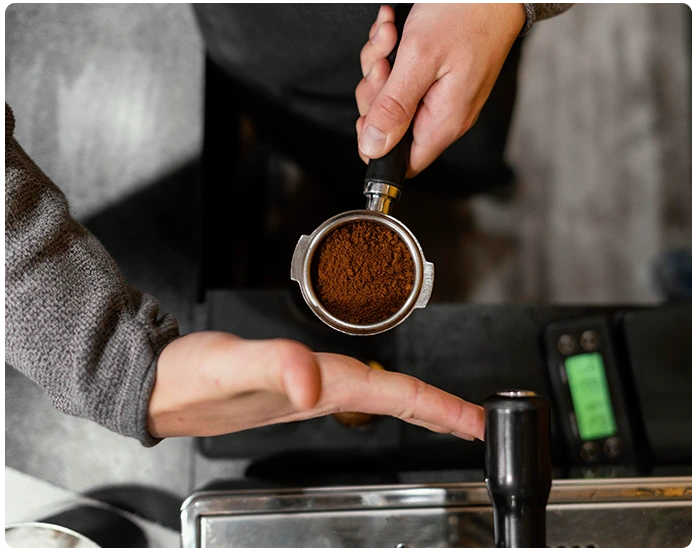3 Techniques of Measuring Moisture Content of Coffee Beans You Must Know
Friday, 26 April 2024 06:39 am
Measuring the moisture content of coffee beans is a crucial step. It can determine the quality and flavor of the brewed coffee you drink. This is why it is very important to ensure that each harvest of coffee beans has an optimal moisture content. Therefore, understanding how to accurately measure moisture content will help coffee producers to maintain consistency, optimize roasting profiles, and preserve the flavor integrity of their beans. There are several ways to measure the moisture content of coffee.
In this article, we will discuss the various methods and techniques used to measure the moisture content of coffee beans with precision and accuracy.
The Importance of Measuring Moisture Content
Keep in mind that you buy green coffee beans based on their weight. The heavier the beans, the more they cost. If the weight is due to the moisture content of the beans, then you are potentially losing money, as the water will be lost during the coffee roasting process and the end result will not be worth the initial cost.
So, it is common knowledge that measuring moisture content is very important. For one thing, it helps determine the optimal storage conditions for coffee beans to prevent mold growth and spoilage. Also, by knowing the moisture content, roasters can adjust their roasting profile, ensuring that the coffee beans are roasted evenly and develop the desired flavor characteristics.
Techniques of Measuring Moisture Content of Coffee Beans
There are several methods commonly used to measure the moisture content of coffee beans. Each technique has advantages and limitations, and the choice of method depends on factors such as accuracy requirements, sample size, and available resources, including:
1. Gravimetric Method
The first technique is the oven dry method or also known as the gravimetric method. This method is a traditional method that involves drying a sample of coffee beans in an oven and measuring the weight loss to determine the moisture content. In testing the water content with this method, the sample to be measured is heated using an infrared water content measuring device with a predetermined temperature and heating time. Before heating the weight of the sample will be measured first with digital scales that have been integrated in the tool, after the heating time is complete the weight of the sample will be measured again, from the difference in weight between before heating and after heating can be known water content value.
2. Electronic Moisture Metres
Electronic moisture meters is a portable device that uses different principles to measure the moisture content of coffee beans. The conductometry measurement technique is based on electrical conductivity and conductivity. The moisture content will be directly proportional to the electrical capacity you measure. The electrical conductivity will be detected by a device called a detector. One commonly used method is capacitance measurement, where the measuring device measures the dielectric properties of the coffee beans, which varies with the moisture content. Another method is resistance measurement, where the meter measures the electrical resistance of the coffee beans, which decreases as the moisture content increases. These meters provide quick and non-destructive measurements, making them popular for on-site testing.
3. Near-Infrared (NIR) Spectroscopy
Near-Infrared (NIR) Spectroscopy is a non-destructive analytical technique that measures the absorption of near infrared light by coffee beans. This technique measures the absorption of infrared light by coffee beans to determine moisture content. Different chemical bonds absorb light at specific wavelengths, so the moisture content can be measured based on the absorption spectrum. NIR spectroscopy is highly accurate and can provide fast measurements without the need for sample preparation. NIR spectroscopy is commonly used in large-scale operations that require high throughput and efficiency.
Conclusions
Various moisture content measurement techniques in coffee beans offer manufacturers a range of options to ensure the quality and consistency of their products. Whether using traditional gravimetric methods, electronic moisture meters or advanced NIR spectroscopy, accurate moisture content measurement is essential to optimize roasting profiles, prevent spoilage and provide consumers with a superior coffee drinking experience.
At Senjani, we recognize the important role moisture content plays in maintaining the flavor, aroma, and freshness of Toraja Arabica coffee beans. Through careful quality control measures and adherence to industry-leading standards, we ensure that our coffee beans are consistently monitored and maintained at optimal moisture levels throughout the production process. With Senjani as your preferred supplier, you can trust that every cup of coffee brewed with our Toraja Arabica coffee beans is a testament to the quality, craftsmanship and rich flavor of Indonesia's coffee heritage. Taste the difference with Senjani and take your coffee journey to the next level.
Click here for more info





